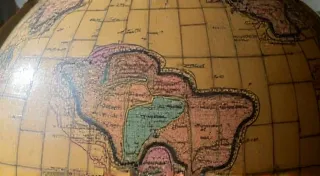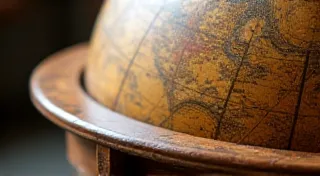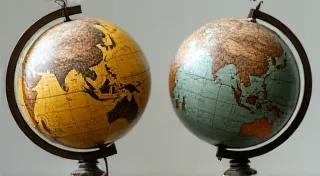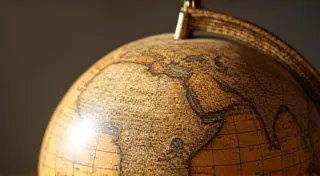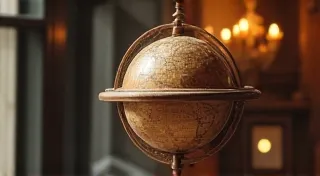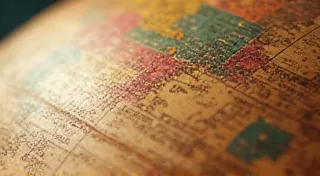Preserving the Patina: Maintaining the Aged Appearance of Antique Globes
Antique globes are more than just decorative objects; they're historical artifacts, windows into past cartography, and testaments to the artistry of a bygone era. Their value, and their charm, lies not only in their accuracy (or lack thereof!) but also in their aged appearance – the subtle cracks in the paper, the faded colors, the wear patterns that tell a silent story. This patina, as it’s called, is what distinguishes a valuable antique globe from a modern reproduction. Aggressive cleaning and restoration efforts often strip away this invaluable characteristic, inadvertently diminishing the globe’s history and aesthetic appeal. This article will guide you on how to preserve that patina and keep your antique globe looking its best, respectfully acknowledging its age. Owning an antique globe is a privilege, a connection to the past that demands careful preservation – an understanding of its materials and construction is key, often revealing fascinating details about the globe’s creator and the era it represents. Sometimes, even identifying the original globe publisher can unlock a deeper appreciation for the artifact.
Understanding Patina on Antique Globes
Patina isn's just "dirt." It’s a complex accumulation of factors: the natural aging of the paper and inks used to print the maps, exposure to light and air, and the handling it's endured over decades (or centuries). The paper itself yellows naturally with age – a process known as oxidation. Inks can fade, bleed, or crack, and surface wear can reveal the history of use. These are all part of the globe's story, and attempts to erase them can be more damaging than beneficial. The inks themselves are frequently a source of interest, and the reasons behind their fading or discoloration are often complex – sometimes linked to the specific compounds used and their reactions to light and oxygen. Occasionally, tears and loose paper segments arise from the fragility of these aged materials, presenting delicate challenges that benefit from understanding appropriate techniques for repairing globe paper tears. Preserving these materials also involves knowing the common types of meridian bands used, their different construction materials, and the proper methods for their restoration.
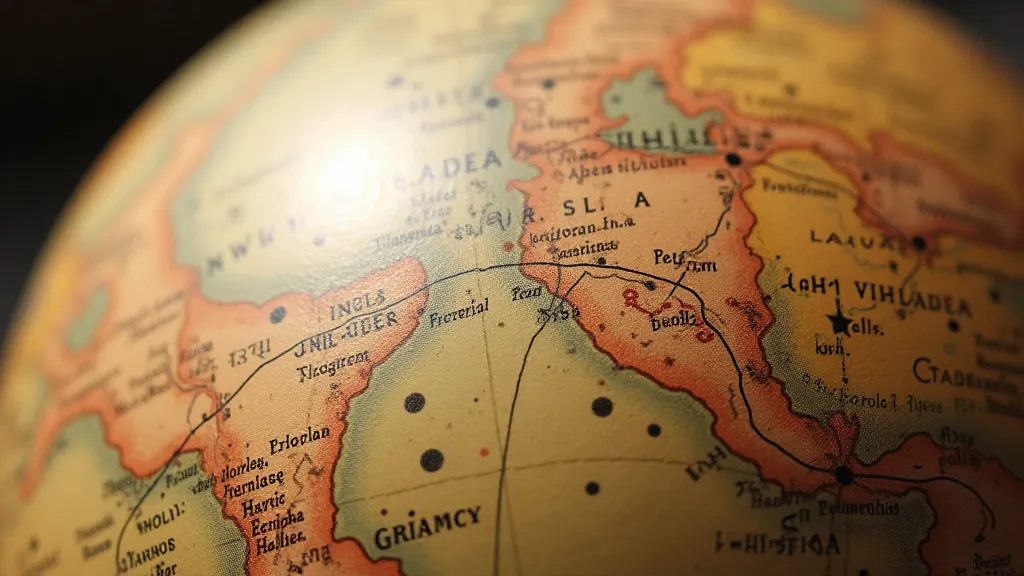
Gentle Cleaning: Less is More
Dusting is your primary cleaning method. Use a soft, dry brush – ideally a sable brush designed for delicate restoration – to gently remove dust and loose debris from the globe's surface. Avoid using cloths, as they can scratch the paper. For more stubborn dust, consider a low-powered vacuum with a brush attachment, held a safe distance from the globe’s surface. When dealing with faded ink or discoloration, remember that aggressive cleaning can exacerbate the problem. Understanding the underlying causes of dealing with fading ink on antique globe maps is vital for appropriate action.
If the globe is visibly soiled, *very* sparingly use a slightly damp (not wet!) cotton swab dipped in distilled water. Again, this should be a last resort. Immediately dry the area with a clean, dry cotton swab. Never use cleaning solutions, solvents, or detergents – these will almost certainly damage the paper and inks. Be particularly cautious about areas that have experienced previous repairs; disturbing these can compromise their integrity and potentially cause further damage.
Humidity and Light: The Silent Enemies
Two of the biggest threats to antique globes are humidity and direct sunlight. Humidity can cause the paper to warp and the inks to bleed. Sunlight, especially ultraviolet light, causes fading and discoloration. Store your globe in a cool, dry, and dark location. A display case is a good option, as it provides protection from dust and light. Consider using UV-filtering glass or film on the case’s windows. Maintaining consistent temperature and humidity levels is a significant factor in preserving the globe's structural integrity. The materials used to construct a globe can vary significantly, and different materials respond differently to environmental conditions. A deeper dive into the history of globe production can be enlightening; it’s a fascinating aspect of these unique artifacts. The origin and identity of the globe’s creator is an essential part of the story – identifying globe publishers adds another layer of appreciation for these objects.
Respecting Existing Repairs
Many antique globes have undergone repairs in the past. These repairs, while potentially imperfect, are often part of the globe's history. Avoid attempting to “improve” upon them, as you risk causing further damage. If you’re unsure about how to proceed with a particular area, it’s always best to consult with a professional globe restorer. Understanding the types of adhesives and techniques used in past repairs can sometimes offer clues about the age and origins of the globe. Knowing how a globe’s meridian band was constructed – the types of materials used and the methods of assembly – is helpful in assessing overall condition and any previous interventions. Learning about understanding meridian bands can provide valuable insights into its heritage.
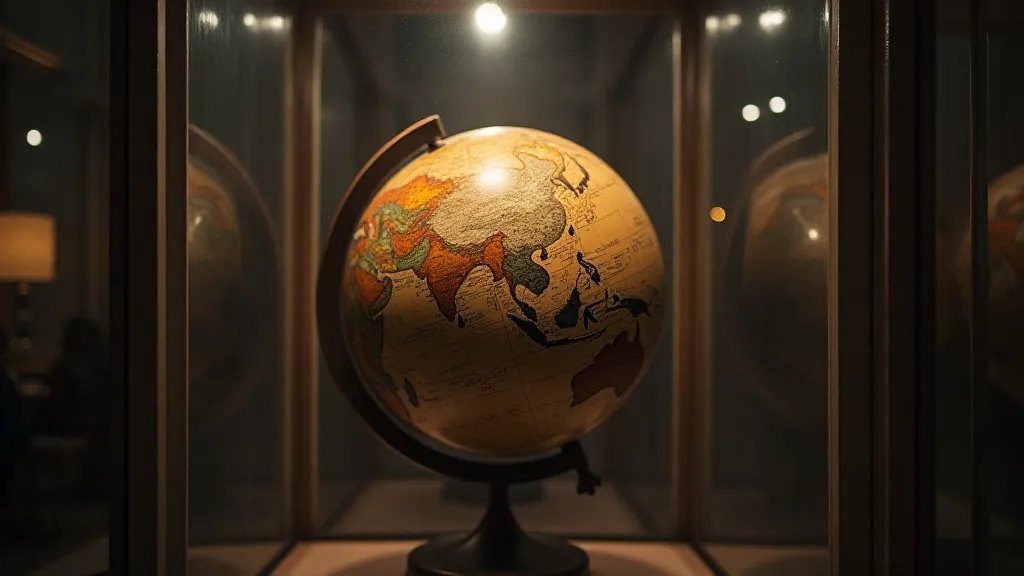
Addressing Minor Issues
Small tears or loose paper segments are common. While complete restoration of these areas is best left to a professional, you can temporarily secure them with acid-free paper tape or archival-quality adhesive – but only if absolutely necessary. Ensure the tape or adhesive is *completely* dry and secure before handling the globe. Selecting the right adhesive is crucial to avoid damaging the original paper fibers. The best adhesives are those that are reversible and don’t compromise the integrity of the original material. Be mindful that repeated handling, even with the best intentions, can contribute to wear and tear, highlighting the importance of careful preservation.
When to Seek Professional Help
Significant damage, such as large tears, extensive mold, or severely detached paper, requires professional attention. A skilled globe restorer will have the knowledge and tools to repair the globe safely and effectively, preserving its value and historical integrity. Look for a restorer with experience specifically in antique globe conservation; this ensures they understand the unique challenges involved.
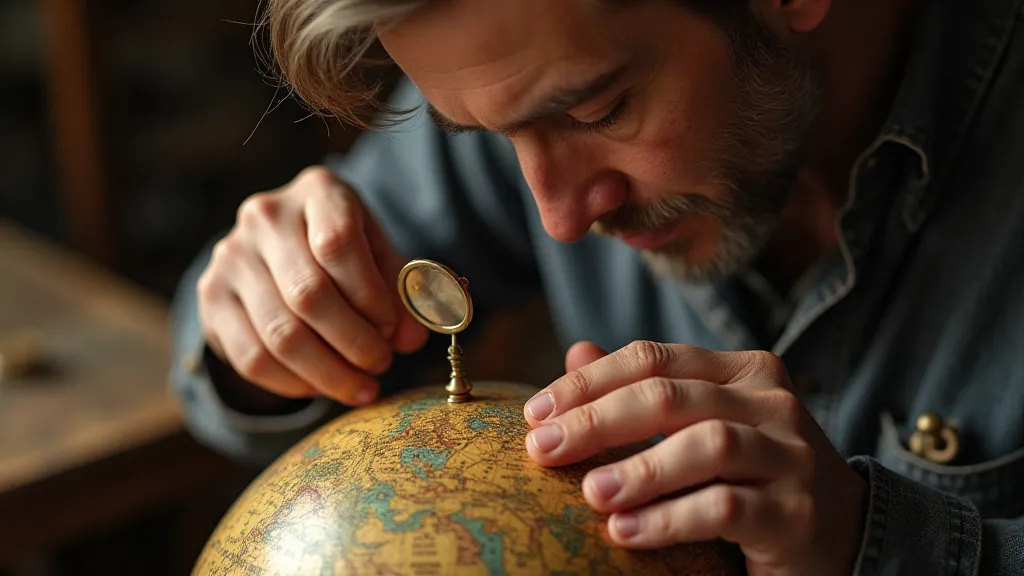
Beyond the Surface: Understanding Construction & Materials
The intricacies of antique globe construction go beyond just the map itself. The globe’s armature, the framework that supports the map, is crucial to its structural integrity. Early globes often used wooden armatures, susceptible to warping and cracking. Later globes incorporated metal components, offering greater stability but introducing potential issues with corrosion. The type of paper used for the maps, often handmade and containing unique characteristics, also plays a vital role in preservation. These characteristics could include the type of fiber used (e.g., linen, cotton), the manufacturing process (e.g., chain-making, mould-making), and the presence of watermark which can provide information about the paper’s origin.
Environmental Control: A Long-Term Commitment
Consistent environmental control isn’t just a recommendation; it’s a long-term commitment to preserving your antique globe. Fluctuations in temperature and humidity can accelerate the deterioration of paper and adhesives. Consider installing a hygrometer to monitor humidity levels and take steps to stabilize them. A controlled display case with UV filtering is ideal. For globes stored long-term, desiccant packs can help absorb excess moisture.
Documentation and Research: Connecting with History
Documenting the condition of your globe, including photographs and detailed notes, is a valuable contribution to its preservation history. Researching its provenance - its ownership history - can add layers of meaning and significance. Records of past restorations, repairs, and even previous owners can provide valuable insights into its journey through time. Engaging with the global community of collectors and enthusiasts can also provide valuable resources and support.
Conclusion
Preserving the patina of an antique globe is about understanding its history and respecting its age. Gentle cleaning, controlled environmental conditions, and a willingness to seek professional help when needed will ensure that your globe remains a beautiful and historically significant artifact for generations to come. These objects are more than decorative pieces; they are windows into a different era, filled with history and artistry that deserves to be cherished and protected.
